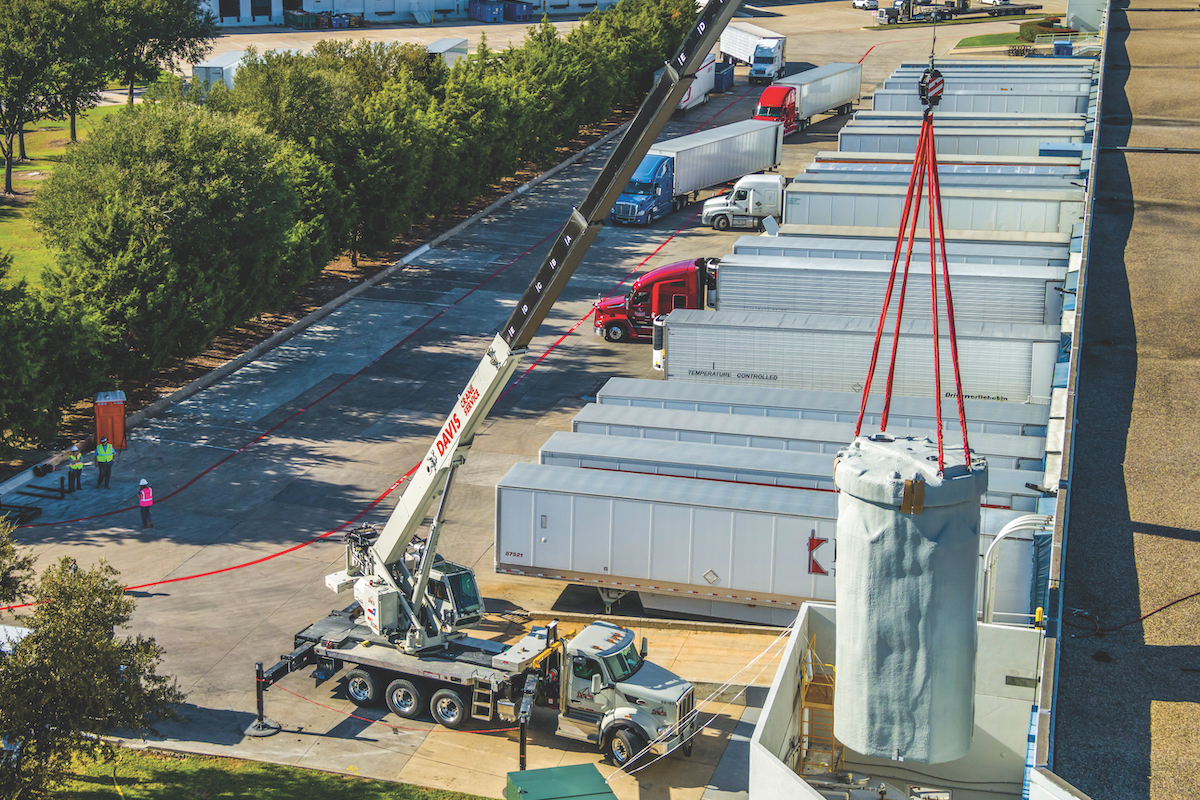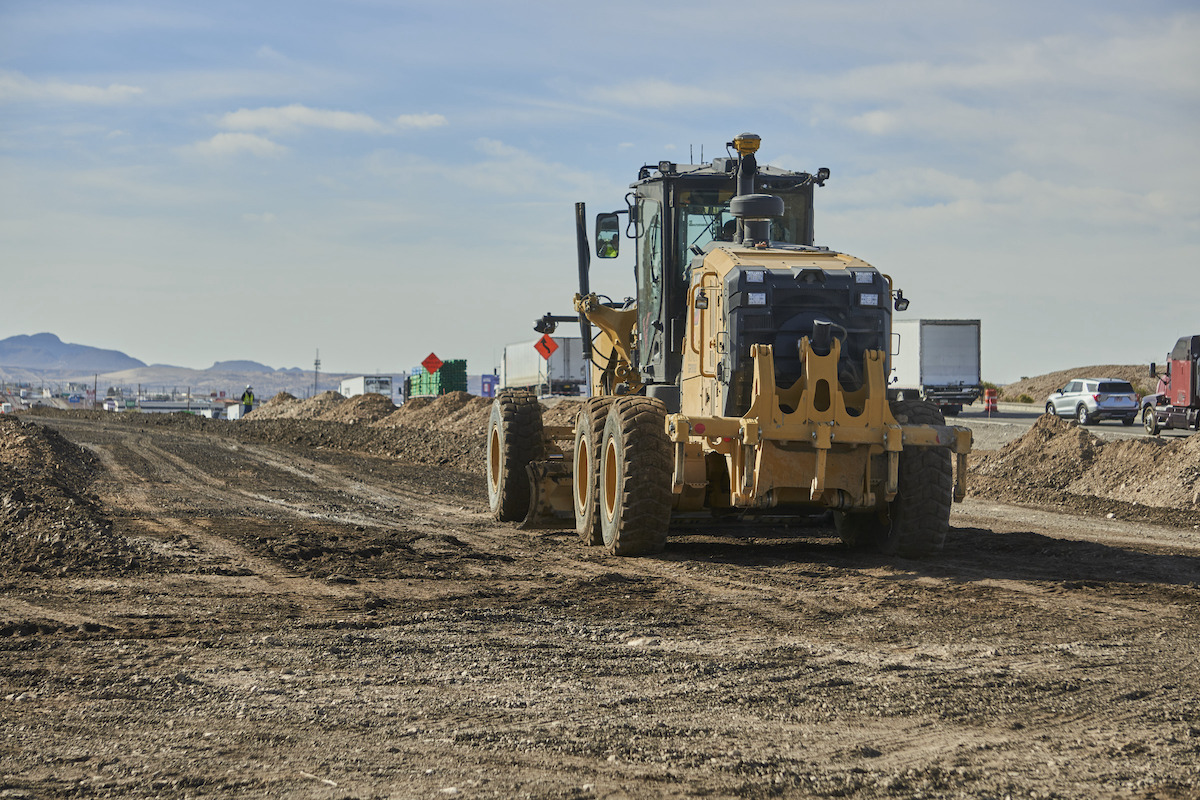“This fish barrier correction project was unique because of WSDOT’s partnership with a private organization, such as North Olympic Salmon Coalition, which led the effort and the barrier’s proximity to positively impact Hood Canal salmon,” says Tina Werner, Spokesperson for WSDOT.
The $12.6 million project in Jefferson County was part of WSDOT’s Fish Passage Barrier Removal Program. The department works with the Department of Fish and Wildlife to identify barriers to fish impeded by state highways, Werner explains. It is part of a federal court injunction.
Tribal communities in the state asked a federal court to declare the state had a treaty-based duty to preserve fish runs. The court ruled in the tribes’ favor in 2013 and mandated the state to repair or replace the barriers, including two 6-foot diameter culverts impeding salmon migration at Kilisut Harbor. The agency has more than a thousand culverts across the state subject to the ruling. They range in size and fish passability factors.
“The unique thing about this project is it was marine water to marine water, an extremely rare condition,” says Rebecca Benjamin, Executive Director of the North Olympic Salmon Coalition.

| Your local Komatsu America Corp dealer |
|---|
| Kirby-Smith Machinery |
| WPI |
Salmon have lost habitat in the Northwest, resulting in fewer of the fish in the region. Many salmon are included on the endangered species list. The coalition works to identify projects that have the largest impact on salmon recovery.
“Kilisut Harbor was identified as a high priority in order to reconnect migrating salmon with rich habitat, so they can feed and grow on their journey to the ocean,” Benjamin says. “This project benefits all of the salmon from Puget Sound and Hood Canal on their seaward migration.”
Removing the SR 116 barrier gives the salmon access to more than five miles of habitat on their journey. Restoring feeding and resting areas increases their chances for survival. Other species, such as orca whales, which feed on the salmon, also benefit from restoration projects.
About 10 years ago, coalition staff members started writing grant applications, bringing in federal and state grant funding for the project. The U.S. Navy contributed money to the project, and WSDOT chipped in $2 million and administered the construction contract by Cascade Bridge, a heavy highway contractor in Vancouver, Washington.
SR 116 connects Indian Island and Marrowstone Island, providing the only access to Marrowstone Island from Indian Island. It also provides access to the Naval Magazine Indian Island.

| Your local Wirtgen America dealer |
|---|
| Nueces Power Equipment |
| Kirby-Smith Machinery |
“WSDOT worked cohesively with local jurisdictions and partners to accommodate travelers to and from Fort Flagler State Park, including local residents,” Werner says. “This was, in part, done by way of a temporary traffic signal to keep people moving while construction was under way.”
The North Olympic Salmon Coalition spearheaded the SR 116 project, including design, with consultants Cardno and KPFF Consulting Engineers, both with offices in Seattle. Design focused on aesthetics and noise reduction to blend in with the rural area.
The project restored the tidal channel and created about 2,300 acres of productive habitat in Puget Sound. After opening the passage, water quality improved.
“It is an amazing example of the power of partnership,” Benjamin says. “We have a very small nonprofit working with the state department of transportation and the U.S. Navy to get a fish project done. Our nonprofit brought the majority of the funds to the project. It’s a unique model to getting projects done.”
The SR 116 project entailed building a new 440-foot-long bridge to replace the existing causeway. It required excavating about 90,000 cubic yards of sediment in the channel to restore the tidal connection. The concrete-girder bridge sits on drilled shaft casings and features 11-foot lanes and 4-foot shoulders and is about 10 feet higher than the former causeway. The contractor built a temporary access road to Marrowstone Island to keep traffic moving.

| Your local Liebherr Construction Eq dealer |
|---|
| Nueces Power Equipment |
“This project had some unique challenges,” says Dan McKernan, Project Engineer for WSDOT. “Most notably was the water management in keeping the large work area isolated from the high tides.”
Cascade dewatered with several pumps and used a cofferdam system with water-filled bladders, some as large as 12 feet high, to isolate the areas of channel excavation and the bridge construction area.
“Even with these unique challenges, the project was completed on time and on budget,” McKernan adds.
“Conventional and GPS surveying equipment was utilized in construction layout,” Werner reports. “Excavators, dump trucks, and cranes were among the construction equipment used by the contractor.”
Cascade maintained a single lane of traffic during construction of the bridge, except when the four 80-foot-long concrete girders were delivered to the project site to set and place. During those times travelers had about a 15 minute delay. Short-term closures also were required for paving the roadway connections to the bridge, Werner adds.

| Your local ASV dealer |
|---|
| CLM Equipment Co |
Water work had to take place during “fish windows,” from June through August, to protect the fish.
“After the project was complete, our inspector noted how clear the water looked and saw fish return to the site – something that had not traditionally occurred in nearly 50 years since the causeway was installed,” Werner says.
The project wrapped up in November 2020. The Port Gamble S'Klallam Tribe will continue monitoring for fish activity and water quality. Benjamin says the project brought a lot of wins – for the community, WSDOT, the Navy, and the tribes.
“Since the project was completed, it is very satisfying to see paddlers moving through the area and beneath the bridge, as well as habitat returned to the site, including salmon and crabs as a result of this project,” McKernan concludes.








































































